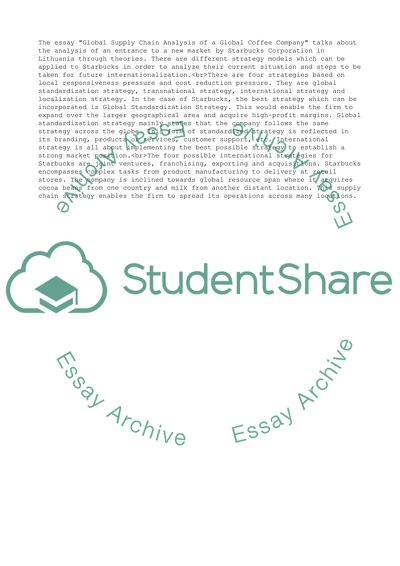Cite this document
(“Global Supply Chain Analysis of a Global Coffee Company Essay”, n.d.)
Retrieved from https://studentshare.org/management/1674199-global-supply-chain-analysis-of-a-global-coffee-company
Retrieved from https://studentshare.org/management/1674199-global-supply-chain-analysis-of-a-global-coffee-company
(Global Supply Chain Analysis of a Global Coffee Company Essay)
https://studentshare.org/management/1674199-global-supply-chain-analysis-of-a-global-coffee-company.
https://studentshare.org/management/1674199-global-supply-chain-analysis-of-a-global-coffee-company.
“Global Supply Chain Analysis of a Global Coffee Company Essay”, n.d. https://studentshare.org/management/1674199-global-supply-chain-analysis-of-a-global-coffee-company.


